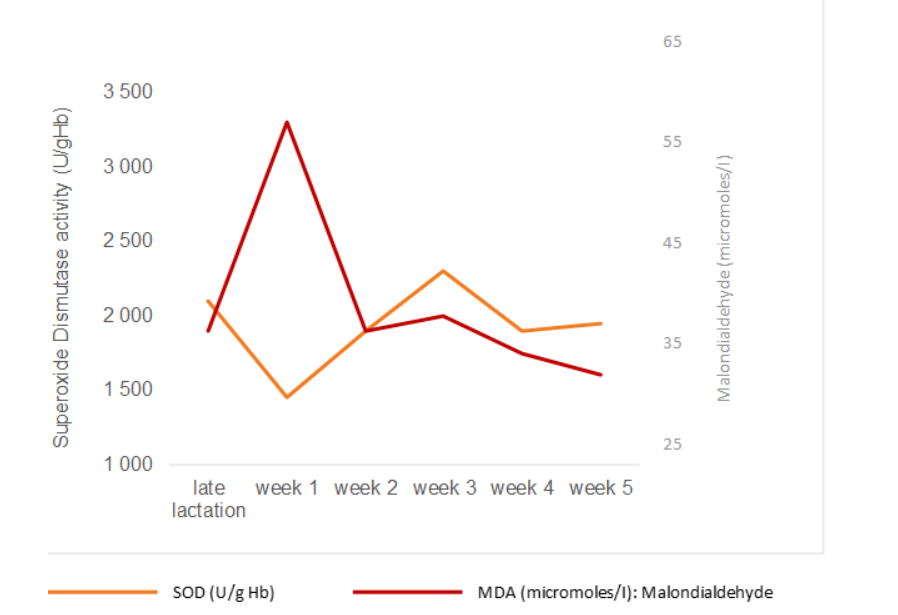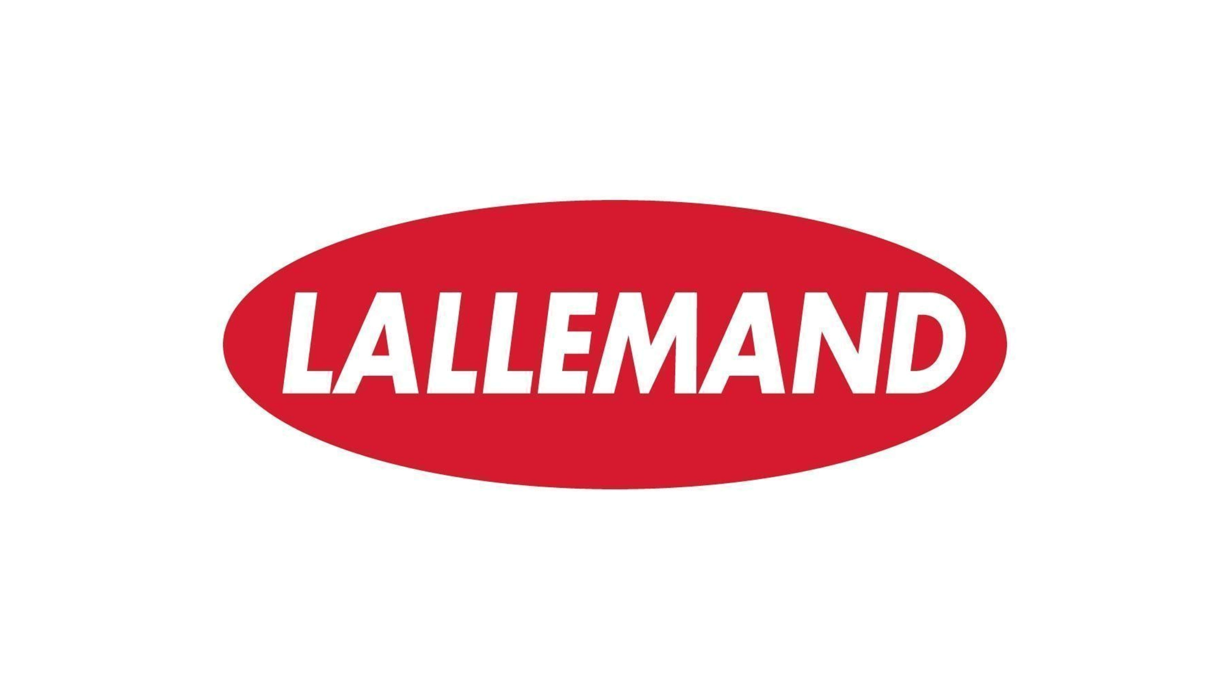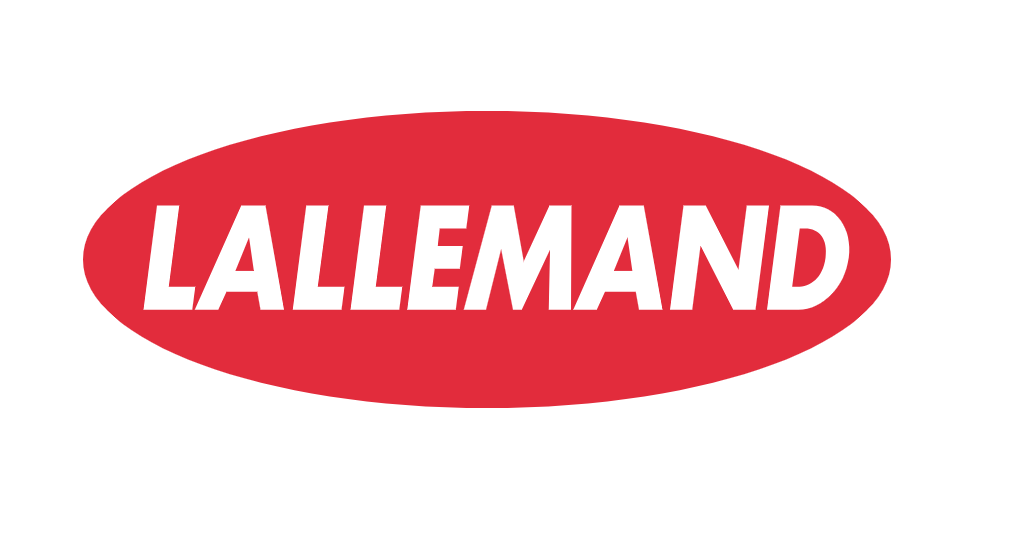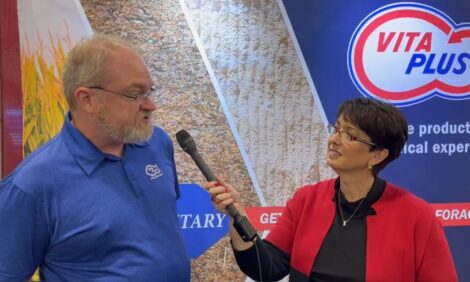



Managing oxidative stress around calving
A multi-layered antioxidant approach is key to support cow performance, welfare, longevity, and future reproductive performance.
The peripartum period in dairy cows is one of the most physiologically demanding phases in the ruminant life cycle. In addition to digestive and metabolic challenges, this transition period is marked by oxidative stress due to increased metabolic demands. A multi-layered antioxidant approach is key to support cow performance, welfare, longevity, and future reproductive performance.
Understanding oxidative stress
During gestation and early lactation, the metabolic demands of fetal development and milk production lead to elevated generation of reactive oxygen species (ROS), as byproducts of metabolism.
While ROS production is a normal physiological process, cells rely on antioxidant defense systems to neutralize them. However, when ROS levels exceed the capacity of these defenses, it can lead to cell damage and trigger a chain reaction leading to new reactive species, the so-called “free radicals”. This is what defines oxidative stress.
Oxidative stress can have detrimental effects on cellular structures and functions and can contribute to inflammation and immune dysfunction.
Transition: a critical window for oxidative stress
Peripartum cows are especially vulnerable to oxidative stress due to:
- Increased metabolic activity during late pregnancy, calving, and lactation onset.
- A concomitant reduced feed intake, which limits dietary antioxidant supply.
The reduction in feed consumption observed in late gestation is partly due to physical constraints from the growing foetus and hormonal shifts preparing the cow for calving. This leads to a negative energy balance (NEB), where energy expenditure exceeds dietary intake. To compensate, cows mobilize fat reserves, increasing the risk of ketosis. Ketosis occurs when the cow produces excessive ketone bodies as a result of the breakdown of fat.
This intensified metabolism also produces excessive ROS while the reduction in feed intake leads to a reduction in antioxidant supply.
Research supports this phenomenon. A study by Adela et al. (2006) showed that level of Super-Oxide Dismutase (SOD), a primary antioxidant enzyme, is decreasing after calving, and will only return to baseline three weeks after calving. On the other hand, the level of oxidized compounds (free radical) such as Malondialdehyse (MDA), increase (Figure 1).
In an internal trial, we also observed a decrease of the cow total antioxidant status (TAS) right before calving, that increases again after calving to cope with oxidate stress. TAS only returns to basal levels several weeks after calving.
These data confirm that during the first weeks, there is a window of oxidative stress.

Figure 1: Antioxidant enzyme activity (SOD) and stress indicator (MDA) levels in dairy cows around calving (from Adela et al, 2006).
Rethinking antioxidant defenses
Traditionally, antioxidants like vitamin E have been used to address oxidative stress. Some formulations go further and include polyphenols, carotenoids, or plant extracts. However, these secondary antioxidants act once oxidative stress is already underway. They address symptoms – not the root cause. This is why the most efficient defense at time of increased metabolic demand is not to add more antioxidants — it is to support the cow’s own protective systems.
A truly functional antioxidant approach supports the body across three layers:
Primary antioxidants
These are enzymatic defenses such as superoxide dismutase (SOD), glutathione peroxidase (GPx) and catalase (CAT). They act within the mitochondria, right at the point where ROS are produced. Their effectiveness depends not on external supplementation, but on the animal’s ability to produce them.
This is where MELOFEED plays a key role. Derived from melon juice concentrate, this source of antioxidant enzymes has been shown to stimulate the systemic production of primary antioxidant enzymes by the organism.Trace elements
Enzymes don’t work alone. SOD depends on zinc, copper, and manganese. GPx is selenium-dependent. Without these essential trace minerals, the enzymatic systems cannot be activated — no matter how many are present.
That’s why a bioavailable trace mineral matrix is critical. It ensures the enzymatic antioxidant infrastructure is not just present, but functional. For instance, the selenium yeast ALKOSEL, as a source of bioavailable organic selenium, supports GPx directly and contributes to cellular-level protection.
Secondary antioxidants
These include vitamin E, polyphenols, flavonoids, and other plant-based compounds. Their role is still crucial — but complementary. They act in various cellular compartments, such as the cytoplasm and cell membranes, but not in the mitochondria, where most ROS are generated.
In conclusion, antioxidant use should be targeted and balanced, not excessive. The goal is not simply “more antioxidants,” but a strategic, biologically aligned approach. During the transition period, antioxidant demand is higher than during late gestation maintenance, requiring tailored dietary support. This is why the peri-partum cow diet should be adapted, as recommened by Abuelo et al.
Transition cow trials: Evidence of antioxidant benefits
Several trials have demonstrated the positive outcome of balanced antioxidant support supplementing cows with MELOFEED and/or ALKOSEL around calving, with benefits on TAS and colostrum and milk quality (reduction of somatic cell count (SCC)), indicating improved cow welfare).
In a commercial trial conducted in Germany under healthy conditions and good sanitary status, MELOFEED was supplemented from 3 weeks before calving until 2 weeks after.
The results were compelling:
- SCC was reduced by 45%, with fewer cows exceeding the threshold of 200,000 cells/mL (Figure 2).
- Colostrum quality improved, as indicated by higher Brix index values, measured via refractometer.
- TAS increased by 15% around calving, reflecting enhanced oxidative stress resilience.
In this particular study, it could be evaluated that the antioxidative solution contributes to increased farm profitability with a return on investment of 3:1.

Figure 2: Effect of MELOFEED supplementation on cows distribution per class of SCC (Lallemand Animal Nutrition internal data. 2020. Commercial farm, Germany).
Trials with ALKOSEL indicate enhanced selenium transfer through the milk and calf protection.
A research trial conducted in 2017 at the National Research Institute of Animal Production in Poland evaluated the effects of ALKOSEL, a bioavailable organic selenium source, as compared to sources of inorganic selenium at the same concentration (protected and unprotected sodium selenite). Cows were supplemented from 93 days before calving until 7 days into lactation.
Key outcomes of this trial:
- Elevated blood selenium levels in cows, above the deficiency threshold, while for the inorganic selenium sources, this required threshold could not been attained.
- Significantly higher selenium levels in colostrum and milk compared to both control and inorganic selenium sources (Figure 3), certainly linked to the higher blood level.
- This resulted in an improved selenium transfer to calves, as evidenced by higher blood selenium concentrations in newborns from the ALKOSEL-supplemented cows.
These results highlight the superior bioavailability and potential of ALKOSEL in supporting both maternal and neonatal antioxidant defenses.

Figure 3: Effect of the selenium supplementation on colostrum and milk selenium content.
Conclusion
Oxidative stress is a common challenge in cows around calving, especially in high producing cows. An optimal multi-layered approach to antioxidant supplementation should combine primary and secondary antioxidants with trace elements such as bioavailable selenium. A well-managed transition period not only ensures optimal cow and calf welfare and performance but it also contributes to optimize reproductive performance and longevity.
By aligning supplementation with biological needs, nutritionists and producers can ensure a smoother transition period and long-term herd success.
Find out about antioxidant needs in transition cow in 1 minute.
| References | ||||
|---|---|---|---|---|
| Abuelo, A., Hernández, J., Benedito, J., & Castillo, C. (2015). A Pilot Study to Compare Oxidative Status between Organically and Conventionally Managed Dairy Cattle During the Transition Period. Reproduction in Domestic Animals, 50(4), 538–544. https://doi.org/10.1111/rda.12519 | ||||
| Adela P, Zinveliu D, Pop R Al, Andrei S, Kiss E (2006) Antioxidant status in dairy cows during lactation. Bulgarian Journal of Agricultural Science 21: 655-661 | ||||
| Lallemand Animal Nutrition internal data. 2017. National Research Institute of Animal Production, Poland | ||||
| Lallemand Animal Nutrition internal data. 2020. Commercial farm, Germany | ||||




